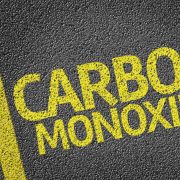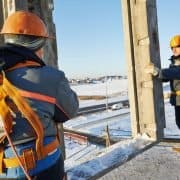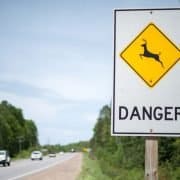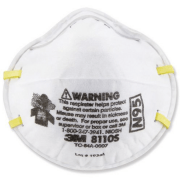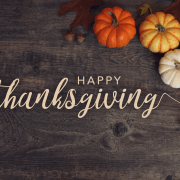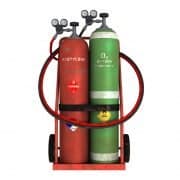Make sure you have the right equipment
Most pickup trucks will have tie down points already installed. For more added security, it is often a good idea to purchase some additional equipment. For loose items, you may want to add a toolbox or Tonneau cover
You will also want to make sure that you have some good quality ratchet straps, bungee cords or tarps depending on what you are carrying.
Know how much load your truck can carry
Especially if you are transporting heavy items, you need to know your vehicle’s gross vehicle weight rating as well as your load capacity. You should be able to find this information on a label inside your driver’s door or in your owner’s manual. Under no circumstances should you exceed this limit because doing so could damage your vehicle.
Put heavier items toward the front
When loading your pickup truck, always try to put heavier items toward the cab to prevent your vehicle from becoming back-weighted and affecting your power steering. You should also try to distribute the weight fairly evenly from side to side.
Secure items on at least two sides
Once you’ve following all of the tips listed above, it is important that your items are tied down on at least two sides. This will help keep items from moving around and potentially coming loose. Items that bounce around inside your truck can cause damage or become damaged themselves, and if they end up falling out of your truck, they may cause a serious accident.
Flag long loads
If you are transporting longer items that extend beyond the length of your truck bed, you are required by law to attach a red flag or cloth to the end of the load. If you do not have something at home that you can attach to the load, you may purchase a tailgate flag at your local home improvement centre.
When loading loose items such as firewood, scrap metal or any other item into the back of a pickup truck, use caution. Throwing items with great force can cause ricochet (bounce back) that could injury you or damage the vehicle. A Thompson employee suffered a facial laceration from steel that bounced back.

